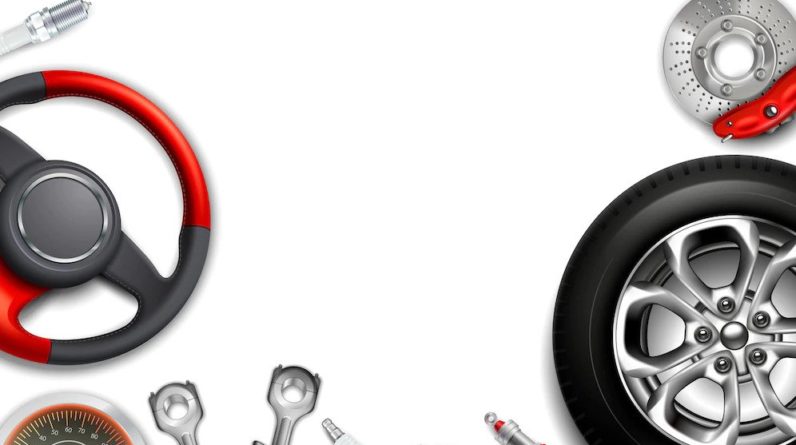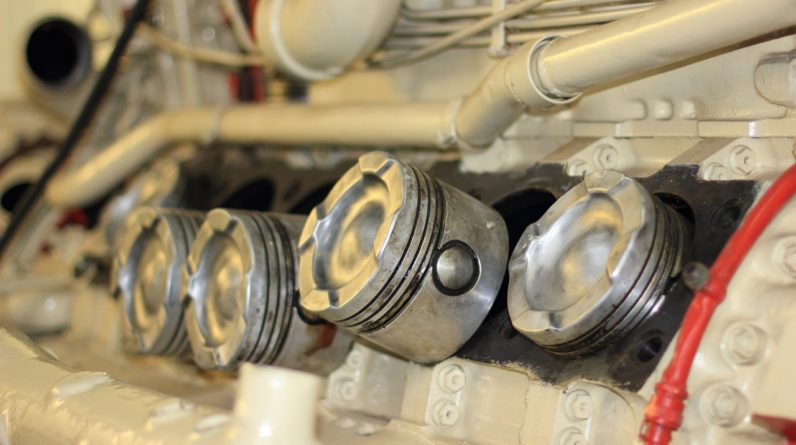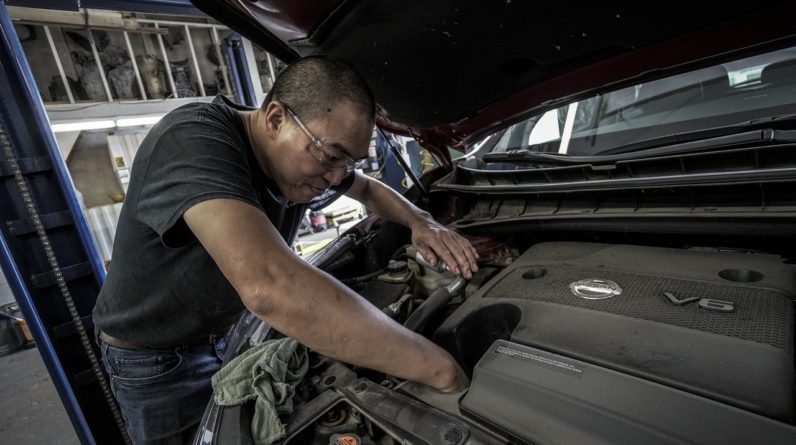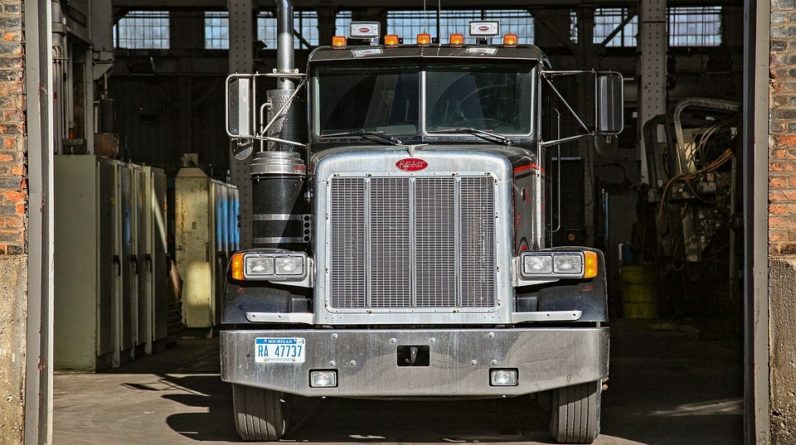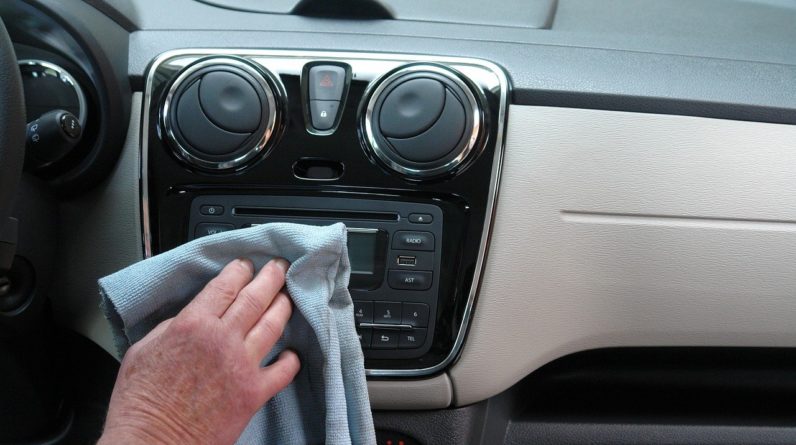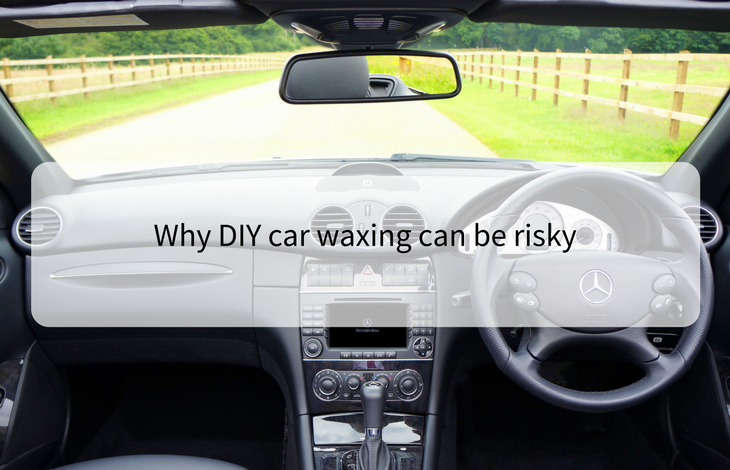
These days, you can learn to do just about anything by reading a Wiki-How article or watching a YouTube tutorial. But just because you can doesn’t mean you should. Experts have spent ages specialising in their chosen fields, so while you can do a passable job, you can’t do it as effectively as they would.
When it comes to mundane tasks like washing or waxing a car, it’s tempting to imagine you can manage on your own. After all, it’s soap, wax, and a little elbow grease. How hard can it be? As it turns out, quite hard. Washing your car yourself means you won’t get into all the hidden dirt, and you probably can’t get rid of those stubborn stains and nasty smells. And waxing offers a lot more risk for damage.
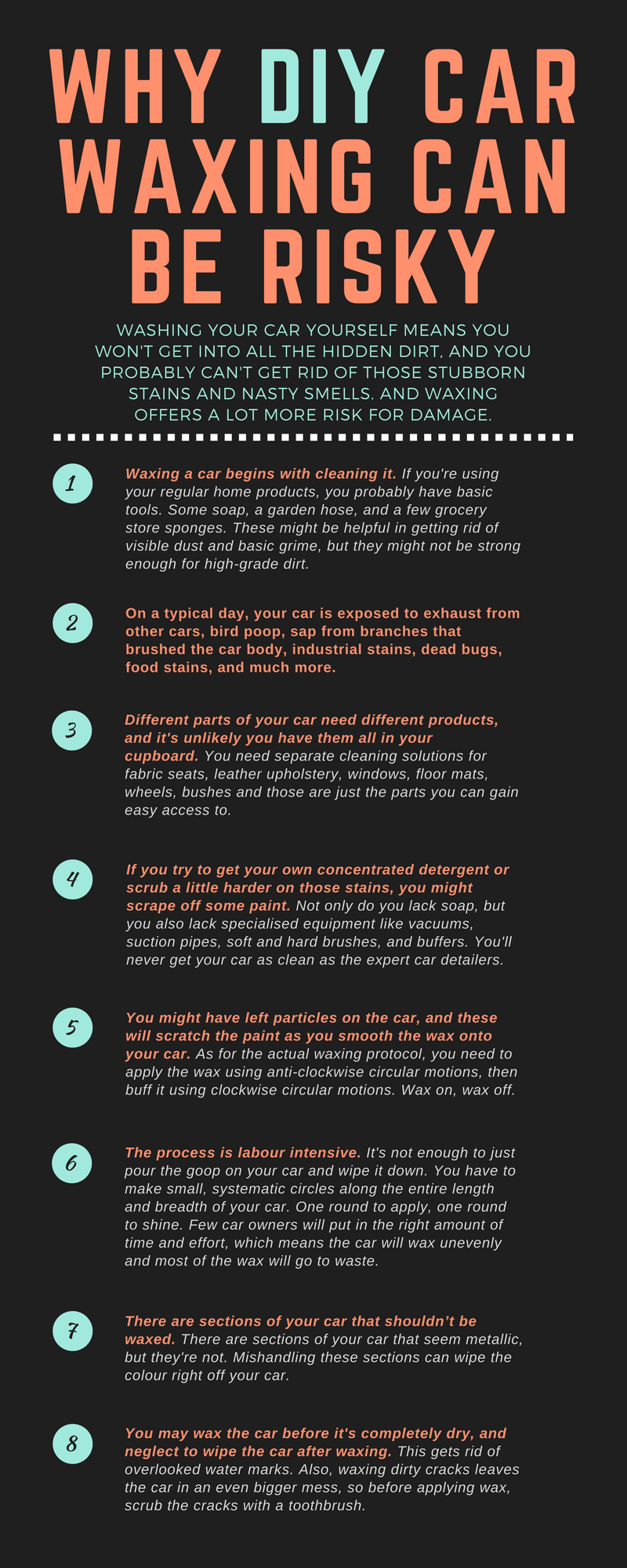
Waxing a car begins with cleaning it. If you’re using your regular home products, you probably have basic tools. Some soap, a garden hose, and a few grocery store sponges. These might be helpful in getting rid of visible dust and basic grime, but they might not be strong enough for high-grade dirt.
On a typical day, your car is exposed to exhaust from other cars, bird poop, sap from branches that brushed the car body, industrial stains, dead bugs, food stains, and much more. You probably need specialised detergent to get rid of all this, and it’s not the kind they sell at Coles.
Different parts of your car need different products, and it’s unlikely you have them all in your cupboard. You need separate cleaning solutions for fabric seats, leather upholstery, windows, floor mats, wheels, bushes … and those are just the parts you can gain easy access to. You need a mitt made of lambswool for washing. Then, you need to dry the car using chamois, microfiber, or terrycloth. You also need a clay bar to remove hazy spots. This last step can take up to an hour.
Professional car wash outfits have commercial soaps that can get rid of dirt while protecting your colour. If you try to get your own concentrated detergent or scrub a little harder on those stains, you might scrape off some paint; then you’ll be stuck paying for a whole new paint job. Not only do you lack soap, but you also lack specialised equipment like vacuums, suction pipes, soft and hard brushes, and buffers. You’ll never get your car as clean as the expert car detailers.
Most car owners clean the car from top to bottom, while the pro tip is to start with the wheels, to avoid spreading mud to the rest of the car once you’ve cleaned it. It’s little things like this that make it worth the effort to just call a professional.
Once you feel your car is clean enough, you need to apply the wax by hand. You might have left particles on the car, and these will scratch the paint as you smooth the wax onto your car. You’ll end up doing more harm than good. As for the actual waxing protocol, you need to apply the wax using anti-clockwise circular motions, then buff it using clockwise circular motions. Wax on, wax off.
If you understand the reference, then you realise how labour intensive this process is. It’s not enough to just pour the goop on your car and wipe it down. You have to make small, systematic circles along the entire length and breadth of your car. One round to apply, one round to shine. Few car owners will put in the right amount of time and effort, which means the car will wax unevenly and most of the wax will go to waste.
There are sections of your car that seem metallic, but they’re not. They’re actually glossy plastic. If you wax these areas, you may end up damaging them, and you might not know until it’s too late. Other car parts are made of metal, but it only has a clear coating rather than polish. Mishandling these sections can wipe the colour right off your car. All the better to call in an expert who can distinguish the parts on sight.
Two more bad habits are waxing the car before it’s completely dry, and neglecting to wipe the car after waxing. This gets rid of overlooked water marks. Also, waxing dirty cracks leaves the car in an even bigger mess, so before applying wax, scrub the cracks with a toothbrush. Yes, a toothbrush. See why it’s easier to just call in the pros?There are sections of your car that seem metallic, but they’re not. They’re actually made of glossy plastic. If you wax these areas, you may end up damaging them, and you might not know until it’s too late. Other car parts are made of metal, but it only has a clear coating rather than polish. Mishandling these sections can wipe the colour right off your car. All the better to call in an expert who can distinguish the parts on sight.
Two more bad habits are waxing the car before it’s completely dry, and neglecting to wipe the car after waxing. This gets rid of overlooked water marks. Also, waxing dirty cracks leaves the car in an even bigger mess, so before applying wax, scrub the cracks with a toothbrush. Yes, a toothbrush. See why it’s easier to just call in the pros?
